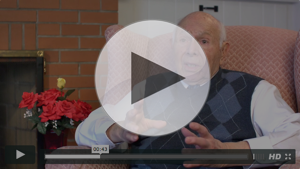By Joseph Solazzo
The 21st century will require a myriad of patient care needs, but the reality is there will be fewer caregivers to assist the rapidly growing needs of an aging and increasingly diverse populace. At the same time, the cost for providers to treat patients will only increase.
According to the American Public Human Services Association, from 2000 to 2030, the number of people on Medicare is projected to rise from 39 million to 79 million, while the number of workers to support beneficiaries is projected to decline from 4.0 workers per beneficiary to 2.4 workers per beneficiary.
Additionally, the strain on family members who care for their loved ones will also experience an increase. For every person over 80 in 2015, there were seven potential family caregivers to assist them. By 2030, this ratio is expected to drop to four-to-one, and by 2050, the ratio is anticipated to drop further to three potential caregivers for every older American.
Enter the AgileLife Transfer and Mobility system, a “zero-lift” caregiving device that can bridge the gap between the increased need for patient care and the number of caregivers to assist them.
The AgileLife system is a fully functional medical device that only requires a single caregiver to assist one patient. By removing the need for the caregiver to lift the patient in and out of bed, the device can increase the quality of care delivered to the patient, while lessening the physical burden on caregivers performing their duties thoroughly.
Moreover, the system can help lower the cost of administering medical care for healthcare providers by reducing worker’s compensation claims, increasing patient safety, and raising caregiving efficiency. Thus, the patient is left with a high-quality caregiving experience, while caregivers and providers can feel comforted knowing their patients have received exceptional medical care.

